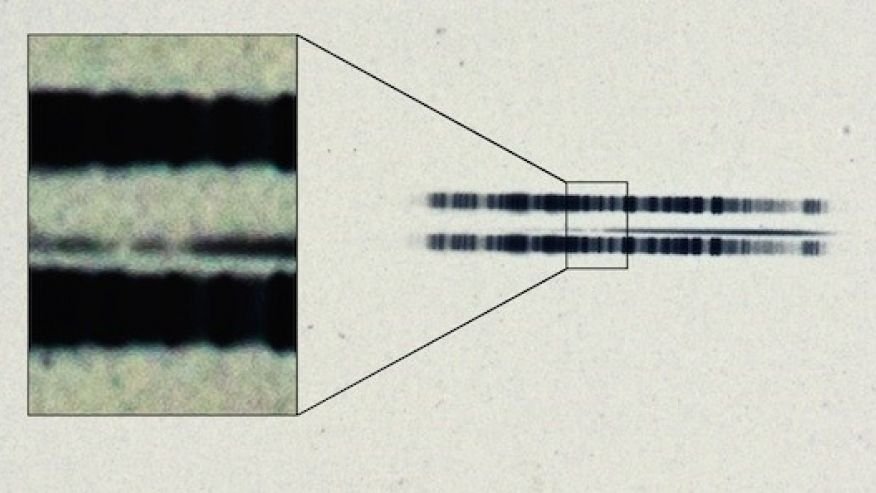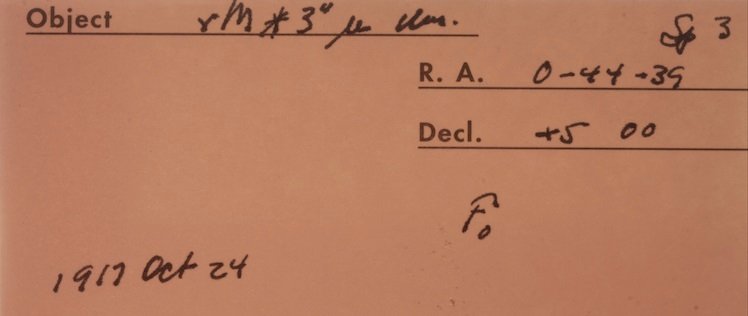MessageToEagle.com – It turns out that a 1917 image on an astronomical glass plate from our Carnegie Observatories’ collection shows the first-ever evidence of a planetary system beyond our own Sun.
About a year ago, the review’s author, Jay Farihi of University College London, contacted our Observatories’ Director, John Mulchaey.

The 1917 photographic plate spectrum of van Maanen’s star from the Carnegie Observatories’ archive. Image credit: Carnegie Institution for Science.
He was looking for a plate in the Carnegie archive that contained a spectrum of van Maanen’s star, a white dwarf discovered by Dutch-American astronomer Adriaan van Maanen in the very year our own plate was made.
The Observatories located the 1917 plate, made by former Observatories Director Walter Adams at Mount Wilson Observatory, which was then part of Carnegie. Other than a notation on the plate’s sleeve indicating that the star looked a bit warmer than our own Sun, everything seemed very ordinary.
However, when Farihi examined the spectrum, he found something quite extraordinary.
Carnegie’s 1917 spectrum of van Maanen’s star revealed the presence of heavier elements, such as calcium, magnesium, and iron, which should have long since disappeared into the star’s interior due to their weight.

Only within the last 12 years, astronomers have realized that van Maanen’s star and other white dwarfs with heavy elements in their spectra represent a type of planetary system.
They possess vast rings of rocky planetary remnants that deposit debris into the stellar atmosphere.
These recently discovered systems are called “polluted white dwarfs.” They were a surprise to astronomers, because white dwarfs are stars like our own Sun at the end of their lifetimes, so it was not at all expected that they would have leftover planetary material around them at that stage.
“The unexpected realization that this 1917 plate from our archive contains the earliest recorded evidence of a polluted white dwarf system is just incredible,” Mulchaey said. “And the fact that it was made by such a prominent astronomer in our history as Walter Adams enhances the excitement.”
“The mechanism that creates the rings of planetary debris, and the deposition onto the stellar atmosphere, requires the gravitational influence of full-fledged planets,” he explained. “The process couldn’t occur unless there were planets there.”
This unexpected find is described and recognized in an article published in New Astronomy Reviews.
MessageToEagle.com
Expand for referencesReferences:






